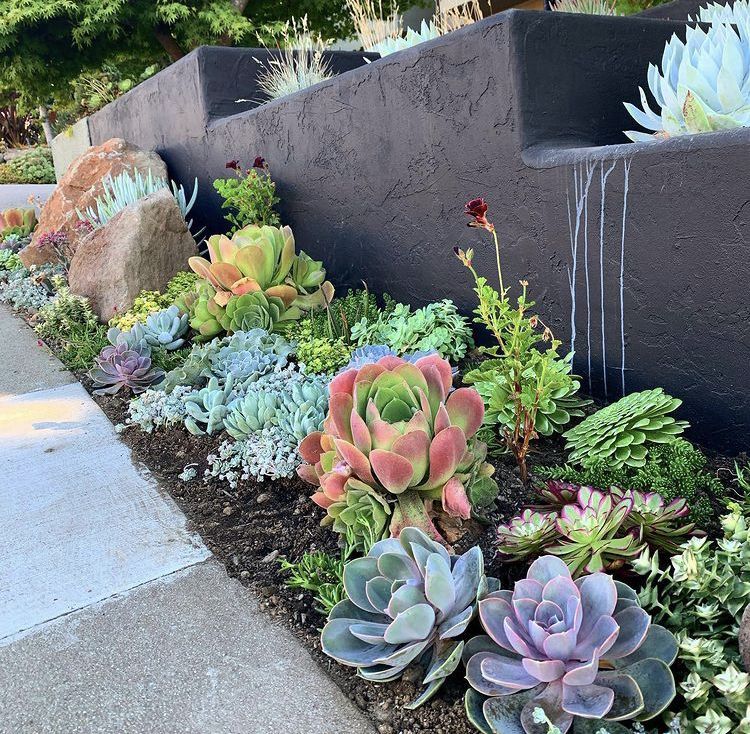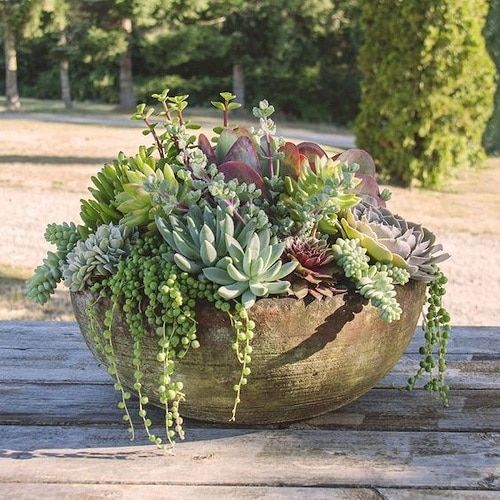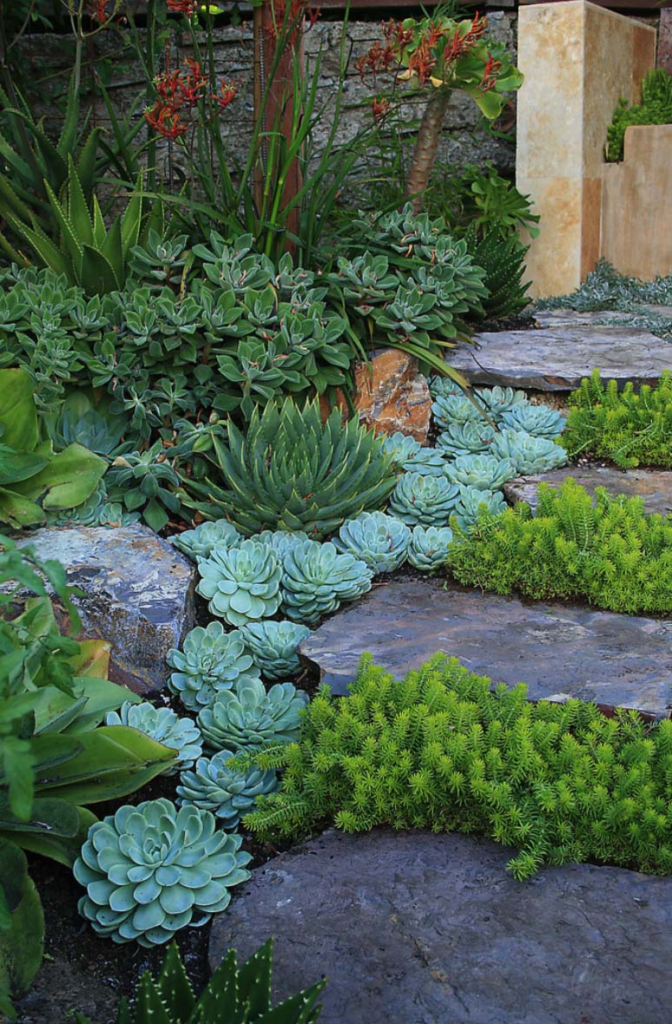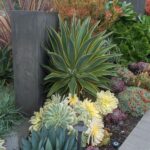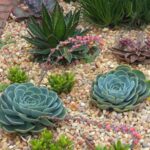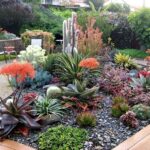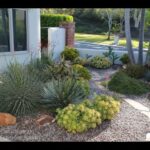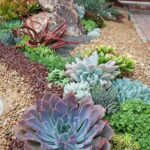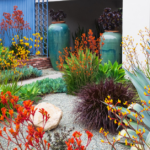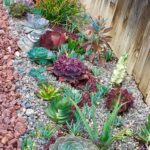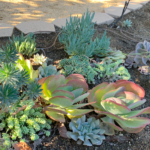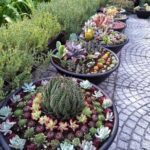Succulents are a popular choice for gardeners looking to add a unique and low-maintenance touch to their outdoor spaces. These plants, known for their water-retaining capabilities, come in a variety of shapes, sizes, and colors, making them a versatile option for creating beautiful and eye-catching garden designs. When it comes to designing a succulent garden, there are several key factors to consider in order to achieve a cohesive and aesthetically pleasing look.
One important aspect to consider when designing a succulent garden is the layout and placement of the plants. Succulents come in many different varieties, each with its own distinct characteristics. Some varieties may grow tall and upright, while others may stay low to the ground and spread out. By considering the growth habits of different succulents, gardeners can create a visually appealing design that takes full advantage of the unique shapes and sizes of each plant.
In addition to considering the growth habits of succulents, gardeners should also think about color and texture when designing their succulent garden. Succulents come in a wide range of colors, from deep greens and purples to vibrant pinks and oranges. By mixing and matching different colored succulents, gardeners can create a garden that is visually striking and full of interest. Additionally, the textures of succulents can vary greatly, from smooth and glossy to rough and spiky. By incorporating a variety of textures into their garden design, gardeners can create a dynamic and visually appealing landscape.
Another important aspect of succulent garden design is choosing the right containers or planting beds for the plants. Succulents have shallow root systems, so they do well in containers that provide good drainage. Terracotta pots, wooden crates, and hypertufa troughs are all popular choices for planting succulents. Gardeners can also get creative with their containers, using items like old teacups, cinder blocks, or even driftwood to add a unique and personal touch to their garden design.
Succulent gardens can also benefit from the addition of decorative elements such as rocks, pebbles, and driftwood. These elements can add visual interest and texture to the garden, as well as provide practical benefits such as retaining moisture in the soil and preventing erosion. Gardeners can experiment with different arrangements of rocks and other decorative elements to create a garden design that is unique and visually appealing.
Finally, when designing a succulent garden, gardeners should consider the overall maintenance and care requirements of the plants. Succulents are known for their ability to thrive in dry and arid conditions, but they still require regular watering and occasional feeding to stay healthy. By choosing a mix of different succulent varieties that have similar care needs, gardeners can create a garden that is easy to maintain and will continue to thrive for years to come. With careful planning and consideration of these key factors, gardeners can create a beautiful and sustainable succulent garden that will be a source of joy and beauty for years to come.
 yishifashion Where Outdoor Dreams Become Reality
yishifashion Where Outdoor Dreams Become Reality
